LEAST ATTRACTIVE OPTION
The University of Transport (UT) is the university with the longest tradition in Vietnam in training university-level human resources for the railway industry. The university has 8 university-level training majors with majors serving the railway industry, of which the traffic construction engineering major has the largest number of quotas, about 620 - 670 quotas/year. However, when studying the major (from year 3), only about 10 students choose the railway major.
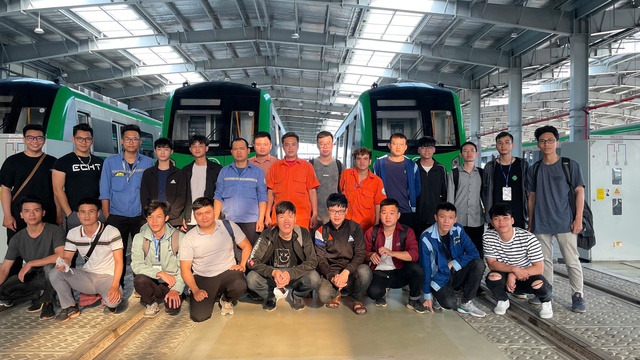
Students of the University of Transport Technology practice urban railways at an elevated railway line in Hanoi.
PHOTO: TUNG VU
According to Associate Professor Ngo Van Minh, Deputy Head of the Department of Innovation and Technology Transfer, University of Transport, for students in general, the railway major is several levels less attractive. "Compared to the business and management majors, the engineering major is much less attractive. Compared to the engineering majors, construction engineering majors are less attractive than information technology, automation, telecommunications, etc. And the railway major is the least attractive choice among the construction engineering majors," Associate Professor Minh said.
Dr. Ngo Quoc Trinh, Head of Training Department, University of Transport Technology, also said that the majors serving the railway industry have created the school's brand since it was a college (nearly 20 years ago). "In recent years, the number of students choosing to study road transport has decreased significantly compared to before, and the railway major is even smaller. Nearly 20 years ago, even at intermediate level, railway was very "hot", each semester my school had to open several classes (50 students/class) of railway transport. But in the past few years, all railway majors (from infrastructure, management, exploitation and operation to maintenance...) have only trained a few hundred full-time university students with a first degree each year," said Dr. Ngo Quoc Trinh.
Not only is the number of students small, but the admission score for construction engineering majors, including railway majors, is also only average. In 2024, the admission score for this major at the University of Transport is 21.15 points/3 subjects; while the admission score for railway bridge construction at the University of Transport Technology is only 16.
N THE PARADOX OF "HOT DEVELOPMENT"
However, according to Associate Professor Nguyen Thi Hoa, Head of the Examination and Training Quality Assurance Department of the University of Transport, in recent years, enrollment in the railway major at the University of Transport in particular and universities training in this major in general has tended to "grow rapidly".
"Recently, the Government has established national projects on railway development. Therefore, all companies working on transport projects want to return to the University of Transport to place training orders for their engineers. Trainees are those who have degrees in engineering in bridges, roads, public transport, etc., and now need specialized training in railways. Almost every month we have to open classes, sometimes two classes a month, so lecturers with in-depth expertise in railways have to work hard to meet the training needs of the labor market," said Associate Professor Nguyen Thi Hoa.
According to Dr. Ngo Quoc Trinh, the demand for advanced training and retraining of enterprises is currently very large. The University of Transport Technology is training more than 50 students in the majors of bridge and railway construction engineering, railway transport organization and management at the master's level, most of whom are officers of the Vietnam Railway Corporation. In addition, every year, the school organizes training for several hundred second-degree candidates in bridge and railway construction, railway transport management and operation for officers and employees of the railway industry.
Associate Professor Nguyen Van Hung, Principal of the University of Transport, shared: "Although the demand for human resources and mastery of core technology in the modern railway sector is currently very large, compared to other engineering and economic sectors, the attraction of this sector to society is still limited. Most students studying railways choose dual degree programs, in-service training or short-term training."
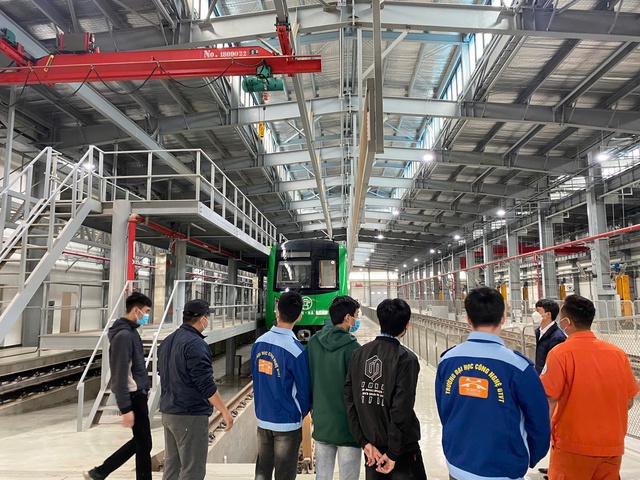
Railway is an unattractive field of study and does not receive much investment, so there is a shortage of high-quality human resources.
PHOTO: TUNG VU
N CAUSES OF PARADOX
Railway human resource training in Vietnam is carried out at two main levels. Training of technical workers (train drivers, maintenance - repair of vehicles, bridge and road infrastructure, information - signals) is mainly undertaken by the Railway College under the Vietnam Railway Corporation. Training from university level and above has 3 main participating institutions: University of Transport (headquartered in Hanoi and has a campus in Ho Chi Minh City), Ho Chi Minh City University of Transport, University of Transport Technology (headquartered in Hanoi, has campuses in Vinh Phuc and Thai Nguyen). In addition, the University of Construction, University of Science and Technology - Da Nang University, and University of Water Resources are also researching to open a number of railway majors.
However, this is an unattractive field of study and has not received much investment, so there is a shortage of high-quality human resources. Right at the University of Transport, out of 90 PhDs in transport engineering, only 5 are specialized in railways. Many important positions in the fields of engineering, operation management, and railway safety do not have enough personnel to meet the requirements, especially in the fields related to high-speed railways and urban railways.
According to Associate Professor Ngo Van Minh, the above reality is regrettable for many students, because according to the assessment of experts in the construction field, the railway industry should have been the best choice, because developing railway traffic is part of the inevitable development roadmap of transport infrastructure development in countries.
"Recently, the National Assembly has approved major railway projects, such as the North-South high-speed railway and the Lao Cai-Hanoi-Hai Phong railway. Experts understand that railways are the best choice, but unfortunately this understanding has not been spread to students and the people," Associate Professor Ngo Van Minh analyzed.
The demand for human resources in the railway industry is huge in the next 10 years.
According to the pre-feasibility study of the North-South high-speed railway, as well as reports conducted by Vietnam Railways Corporation and the Institute of Transport Strategy and Development, the demand for human resources in the railway industry in the next 10 years is very large.
In particular, the construction and operation human resources for the North-South high-speed railway are calculated based on the plan and progress of investment and construction implementation, including the need for project management human resources in the 2025-2027 period, which will require about 300-500 human resources. The peak period is 2028-2032 when all 3 sections of the project are implemented simultaneously with the number of about 700-900 human resources and the period 2032-2035 will be reduced to 300-500 human resources. The need for consulting, surveying, designing and construction supervision human resources is mobilized according to the project progress and peaks in 2026-2028, the stage of implementing the overall technical design, with the number of about 1,100-1,300 human resources.
Construction workers are the group with the greatest demand during the process of investment, construction, and project operation, with peak times reaching 180,000 - 240,000 workers. About 90 - 95% of construction workers are technical workers and most of them belong to general occupations, widely trained such as construction, masonry, concrete, electricity... The number of technical workers requiring specialized expertise in railways and high-speed railways is only about 3 - 5% such as welding, steel structures... At peak times, it is necessary to mobilize up to 15,000 - 20,000 engineers (mainly construction engineers, working on project sites, of which about 20 - 30% are engineers specializing in railways and high-speed railways).
The demand for human resources for operations and exploitation depends largely on the process, technology and exploitation capacity. By 2035, it is necessary to complete the training of nearly 14,000 personnel for operations and exploitation of the entire route.
Source: https://thanhnien.vn/nghich-ly-dao-tao-nhan-luc-nganh-duong-sat-185250220223736722.htm


![[Photo] Looking back at the impressive moments of the Vietnamese rescue team in Myanmar](https://vstatic.vietnam.vn/vietnam/resource/IMAGE/2025/4/11/5623ca902a934e19b604c718265249d0)

![[Photo] "Beauties" participate in the parade rehearsal at Bien Hoa airport](https://vstatic.vietnam.vn/vietnam/resource/IMAGE/2025/4/11/155502af3384431e918de0e2e585d13a)



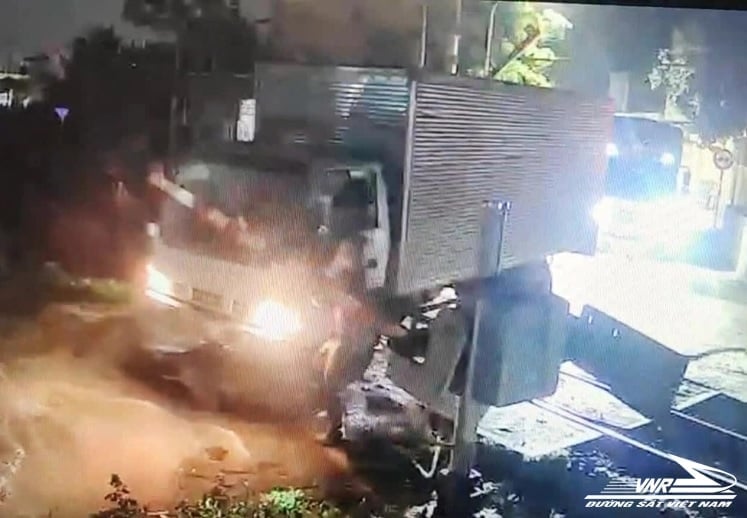



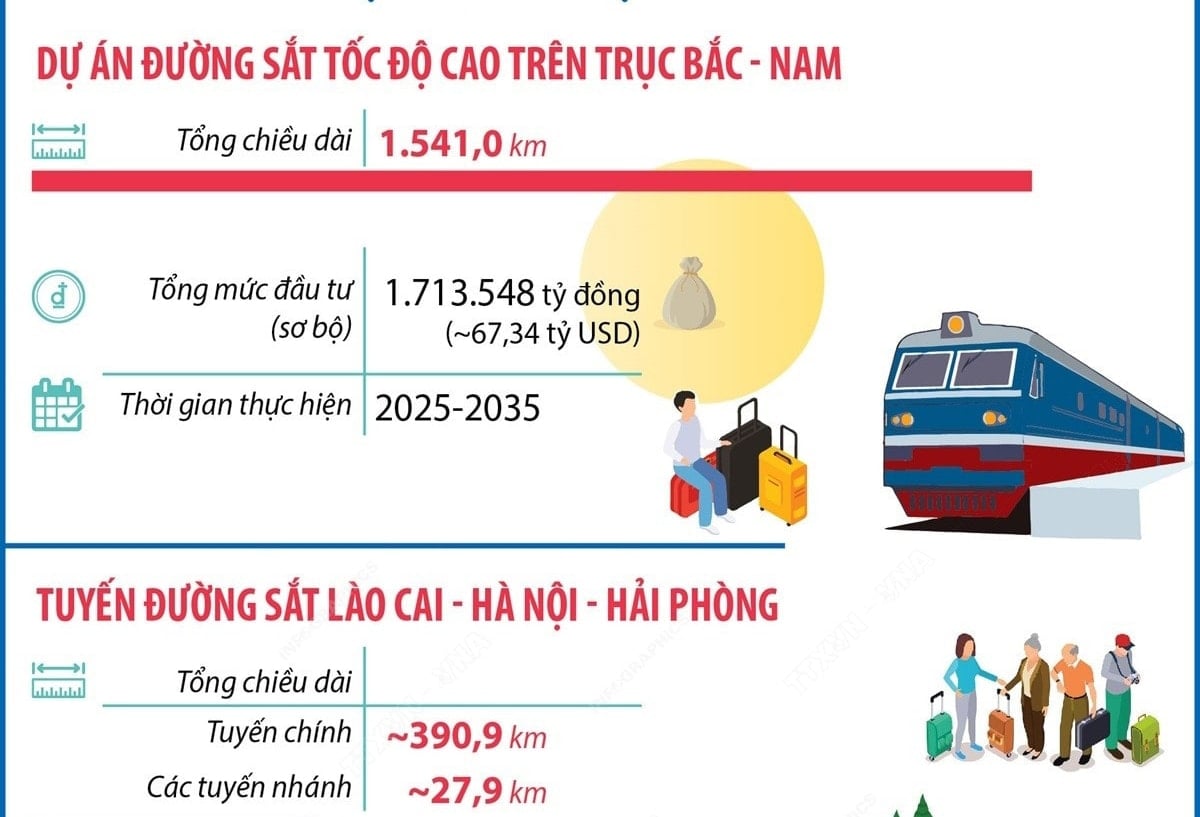
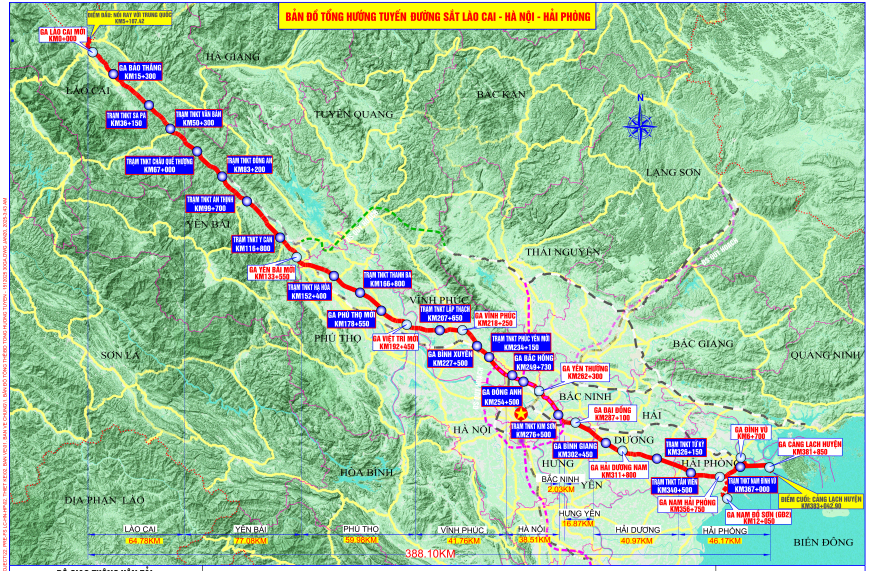


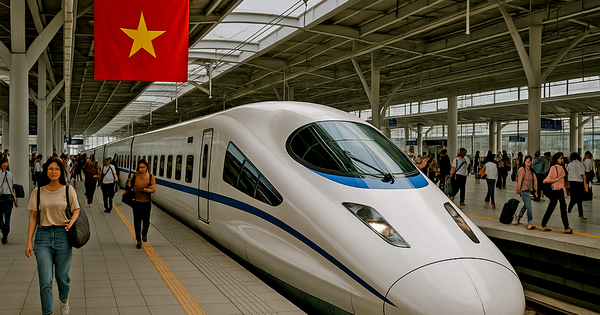

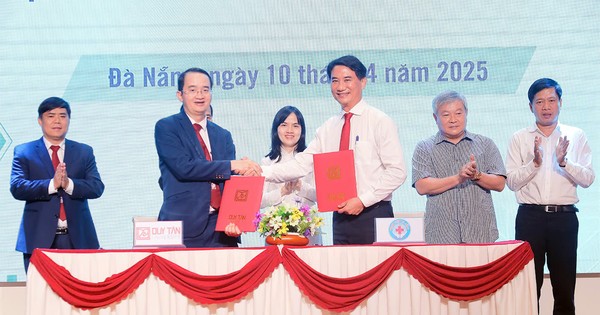

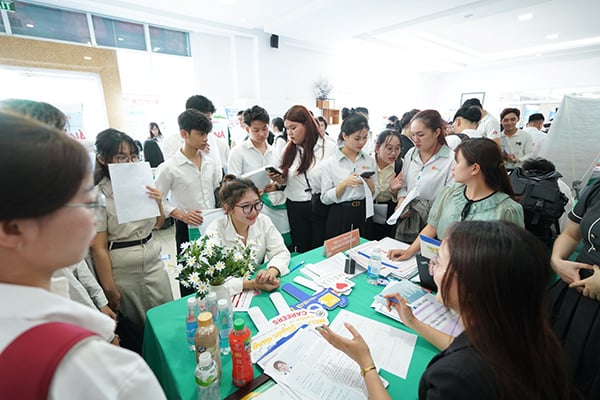
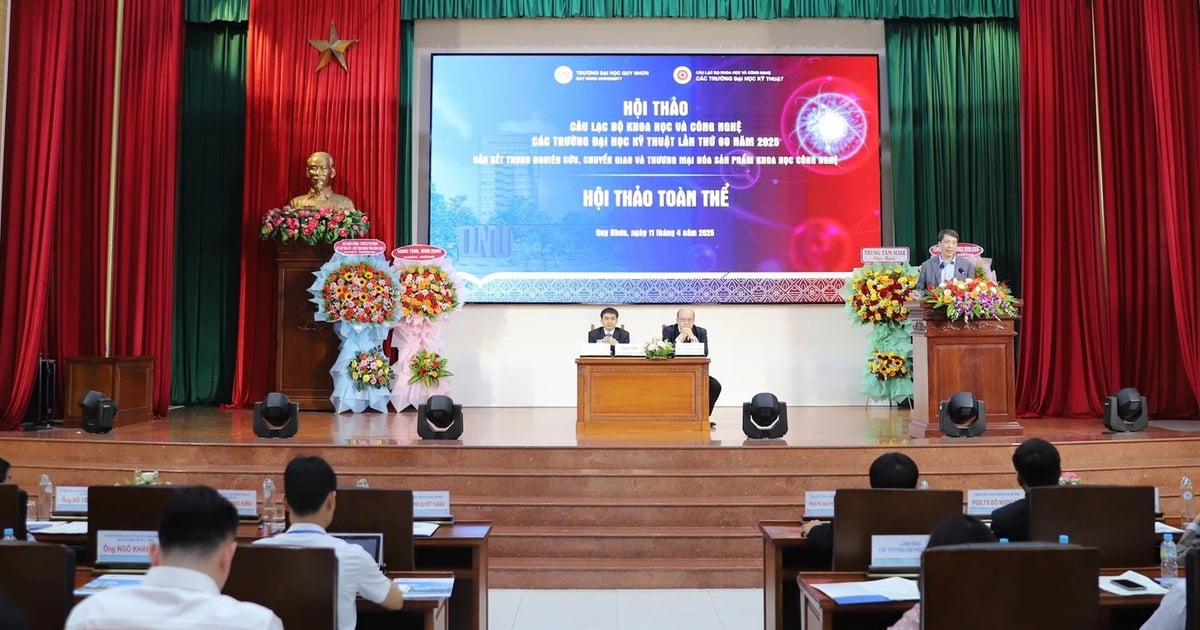






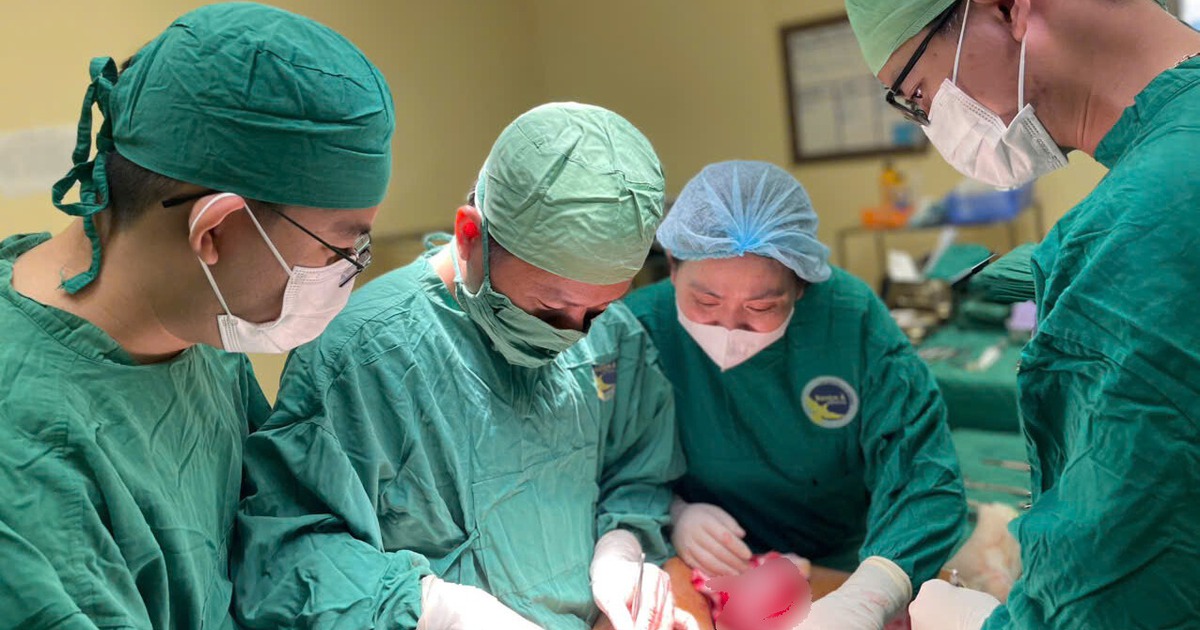

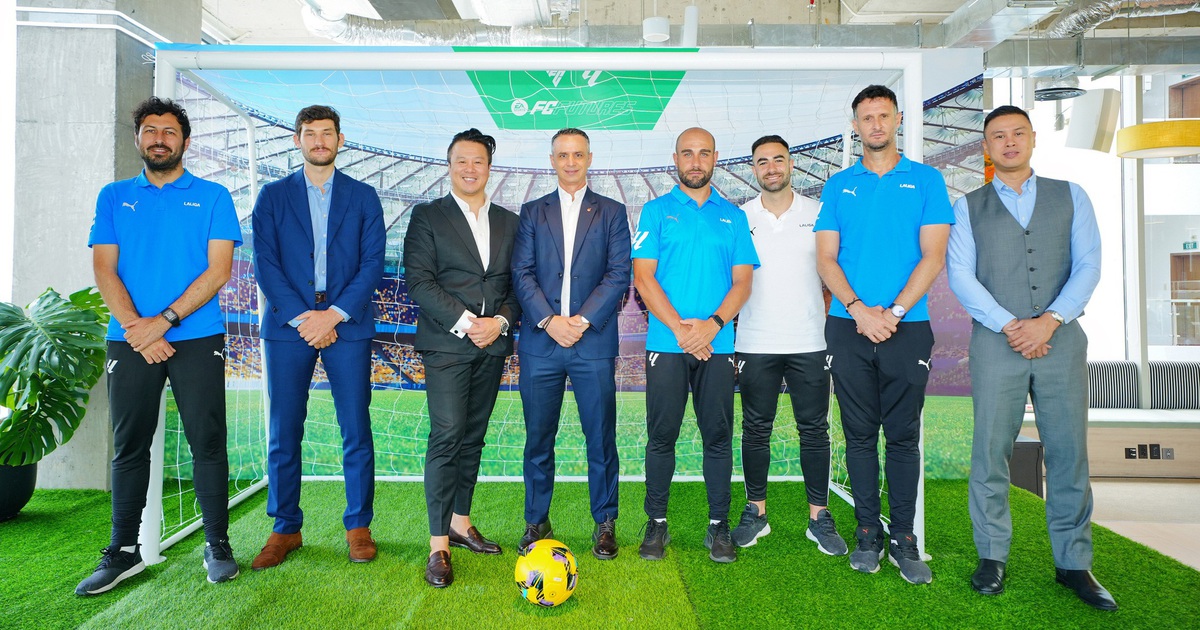

![[Photo] Summary of parade practice in preparation for the April 30th celebration](https://vstatic.vietnam.vn/vietnam/resource/IMAGE/2025/4/11/78cfee0f2cc045b387ff1a4362b5950f)


































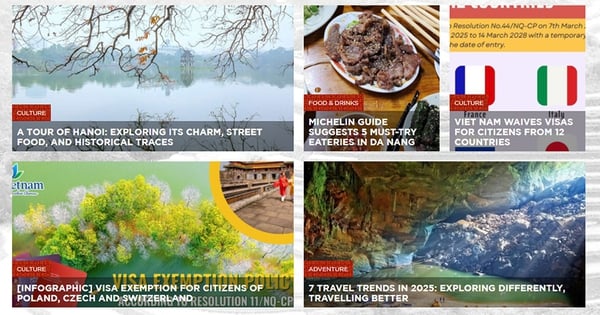

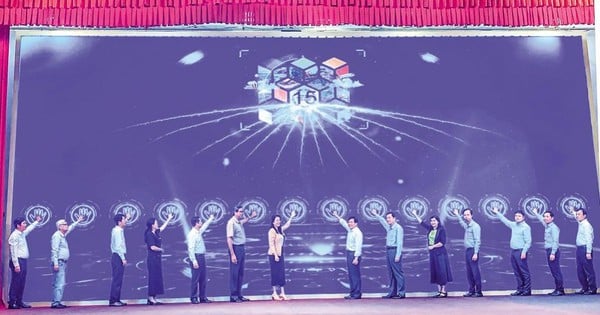
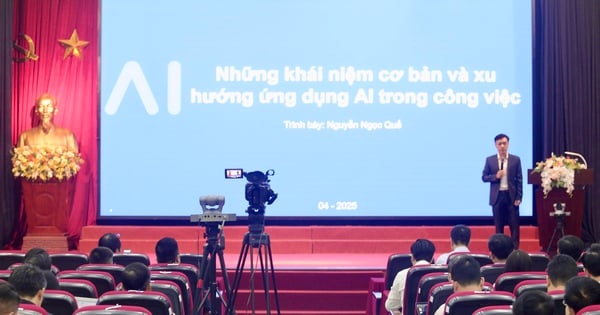
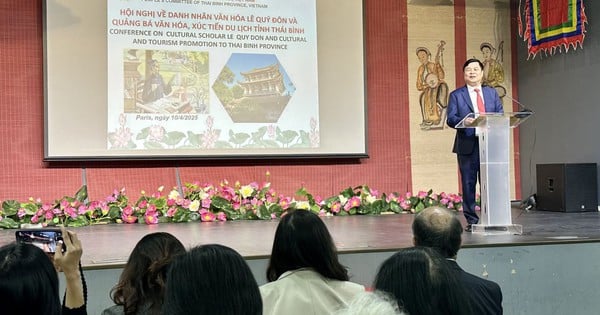
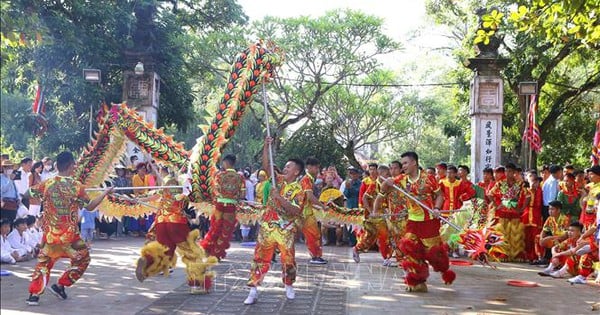
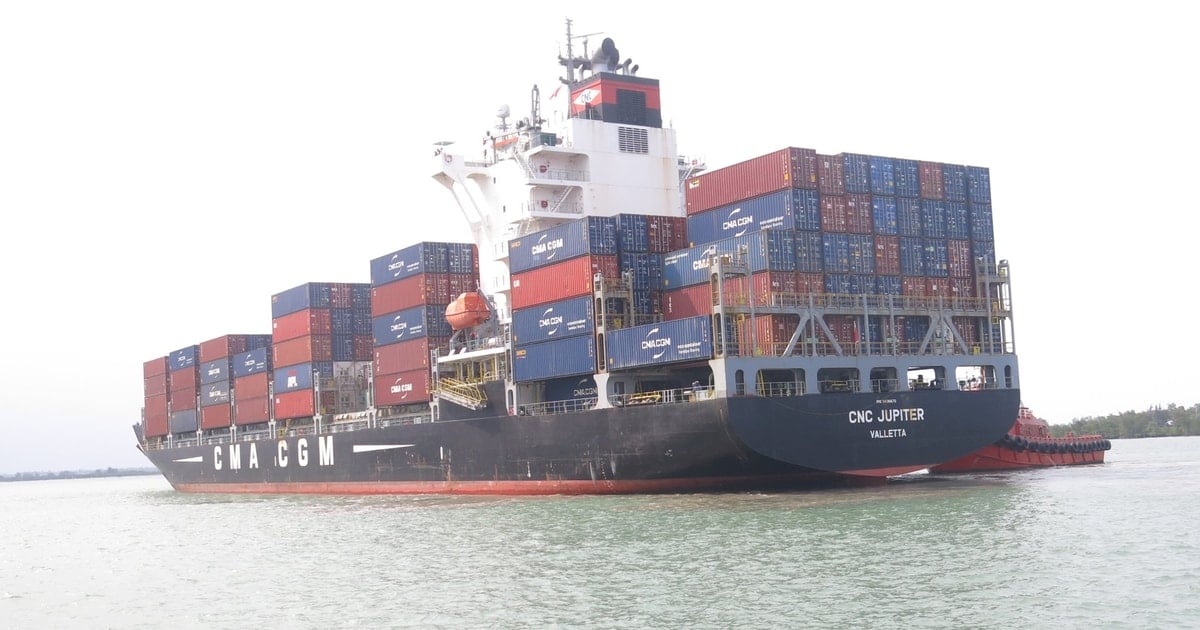



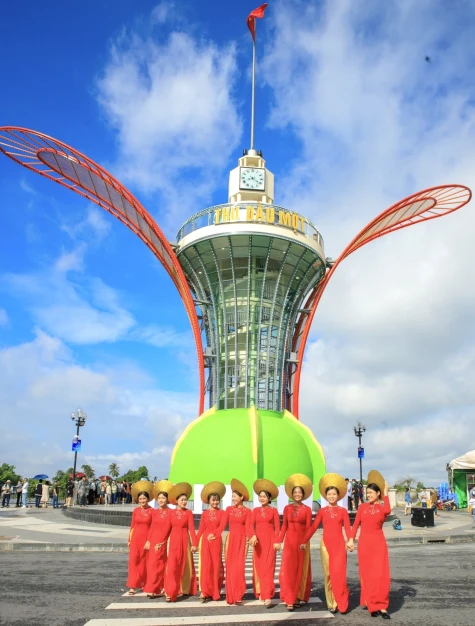

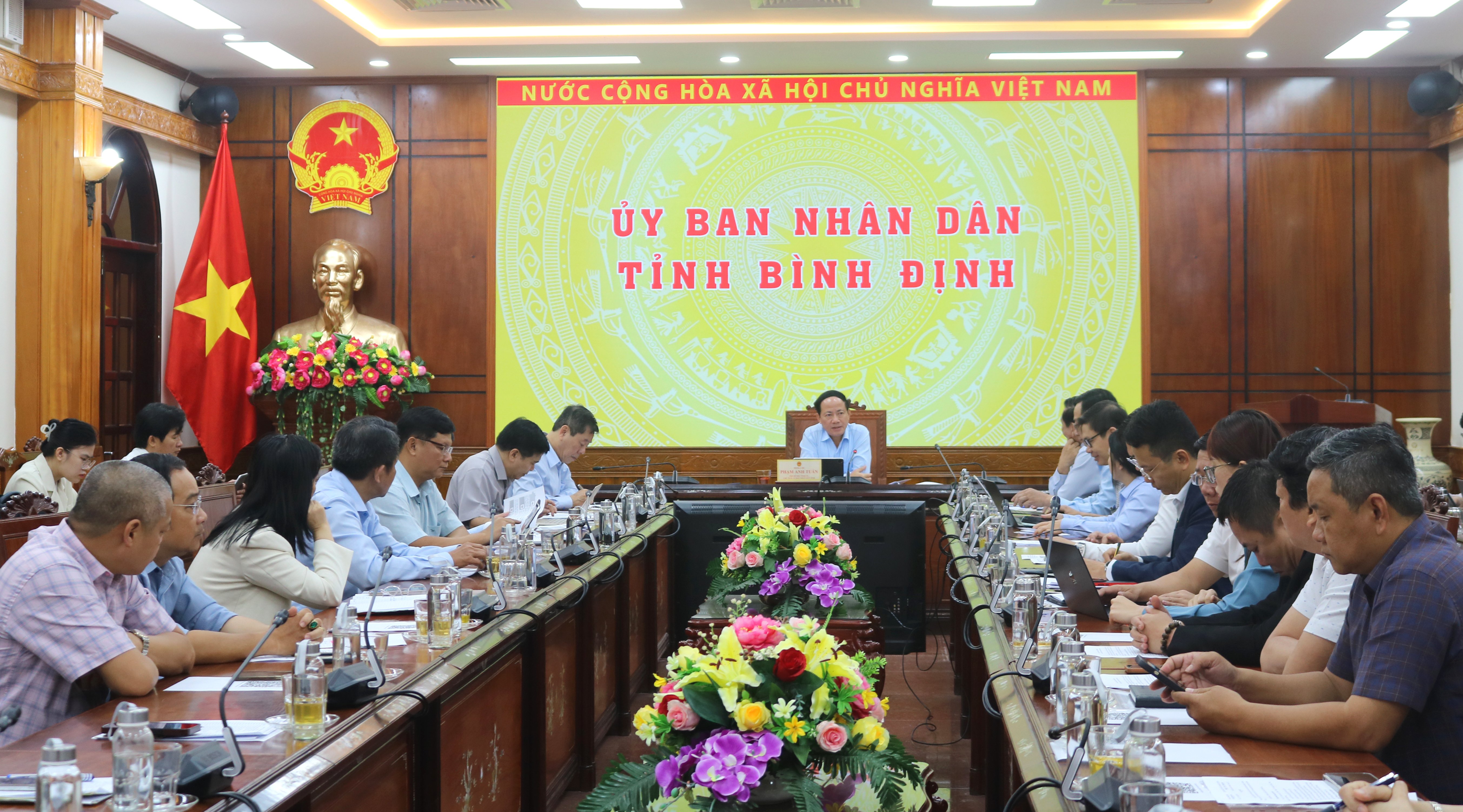


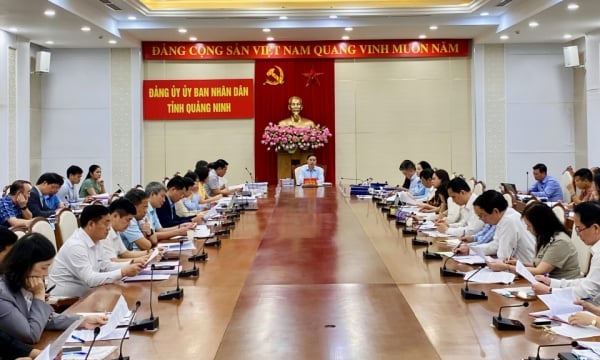











Comment (0)